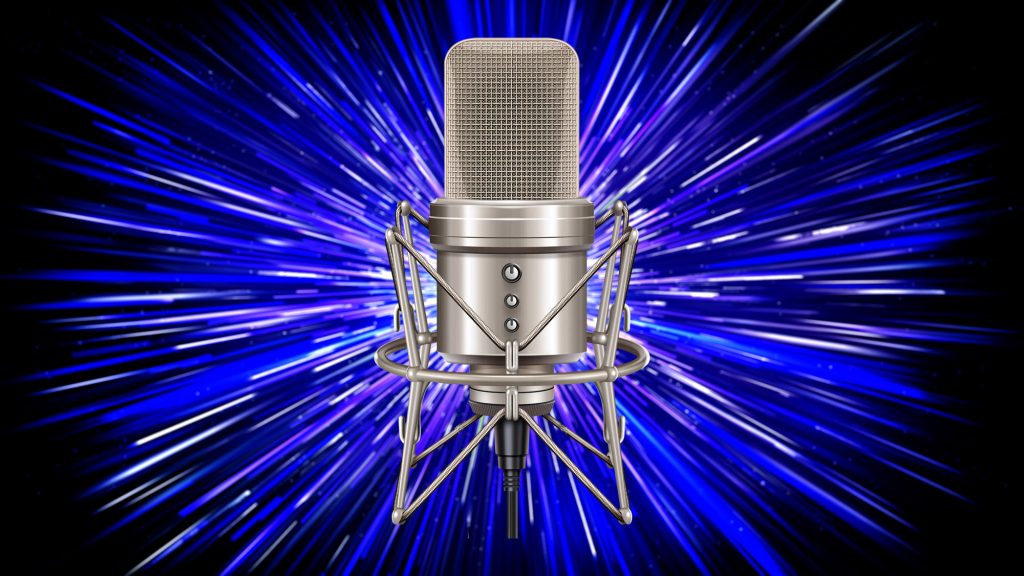
Asking about a “best” microphone is a loaded question. It leads to another question, best for what?
In short, with 155 microphone manufacturers, there are likely many microphones that will work well on a given source. Ultimately, this is a question that you will need to answer for yourself. It depends on the source, how you want the source to sound, how it will fit in the mix, the instrument, the musician, and your room. That said, there are specific microphones or types of microphones used for particular sources, so finding out what those are might be a place to start.
For example, consider recording an electric guitar. I recently did an album for what might be called an alternative rock group. Instrumentation was drums, bass, electric guitar lead, electric guitar rhythm, keyboard, female lead vocal, and background vocals. Lead vocal and guitar were the featured instruments. We were trying to get the proper sound when miking the amp and set up four different microphones to test. We set up a favorite mic for guitar cabinets, the Shure SM-57 Dynamic. Then, as a test, A Blue Spark Condenser, an Electro-Voice ND-468 Dynamic, and a Studio Projects B1 Condenser. After listening, our uncontested choice was the Studio Projects B1 Condenser microphone; it blew away the SM-57.
So what did this tell me? It said to me that for this group, with this guitarist, with this guitar, with this amp, in my recording space, the Studio Projects B1 was the best choice. Also, the Studio Projects B1 will be on my list of microphones to try when I am recording an electric guitar.
Not long ago, I spent an afternoon in the studio with Lee Murdock, an artist I have recorded over 20 albums for. I wanted to compare a couple of small-diaphragm condenser microphones that I had recently acquired, a RØDE NT-55, and an older AKG C451EB, with my standard microphone for acoustic guitars, a Shure SM-81. Lee brought in a 6-string guitar, a 12-string guitar, and a classical guitar. We set the mics up about a foot above the 12th fret and made test recordings. All three mics performed in a way that matched their published curves. The SM-81 has a ruler-flat frequency response. The other two sounded a bit brighter, and their published curves showed a 2 dB boost in the 8 kHz. region. We agreed that all three mics made a great recording, and any of them could match the other with a little bit of EQ.
Of all uses, engineers probably spend the most time selecting a vocal microphone. Our ears are programmed to detect every nuance in the human voice, so this is a crucial choice, especially since the vocals are a vital part of most songs. If you search for which microphones were used by famous artists on their hit songs, you’ll find everything from Shure SM-58s to Classic Neumann U-47s and U-87s. When Dolly Parton was recording for RCA in Nashville, she used an Electrovoice RE-15 that they supposedly kept in a vault with her name on it. Michael Jackson reportedly used a Shure SM-7 on Thriller. Vocal mic choice is a long process and often results in not using the most expensive microphone.
In addition to how the microphone sounds, there are sometimes physical issues. Trying to position a large vacuum tube mic on a snare or tom will be next to impossible in most cases. And mics on the snare or toms might take a good whack with a drum stick, and it is better to take a hit on a $100. SM-57, which would likely survive, than on an $1800. Neumann KM84, which probably wouldn’t. Also, many microphones wouldn’t be able to handle the sound pressure level of being within an inch of a drum head.
So in conclusion, the best microphone for an application depends on a lot of factors, and it is something that you’ll need to work out through experience.
Learn what the characteristics of each type of microphone are and their common usage. As you build your microphone locker, get different types of microphones so that you have choices that make a difference.
Read up on which microphones are usually used to record specific instruments. Experiment with other choices when you can. It is good to have your favorites for each instrument because there is rarely time during a recording session to experiment with every microphone that you will use.
Finally, remember there is no “best” microphone for any use. There is a range of microphones that will work on each source. Don’t be afraid to experiment and develop your personal favorites.
